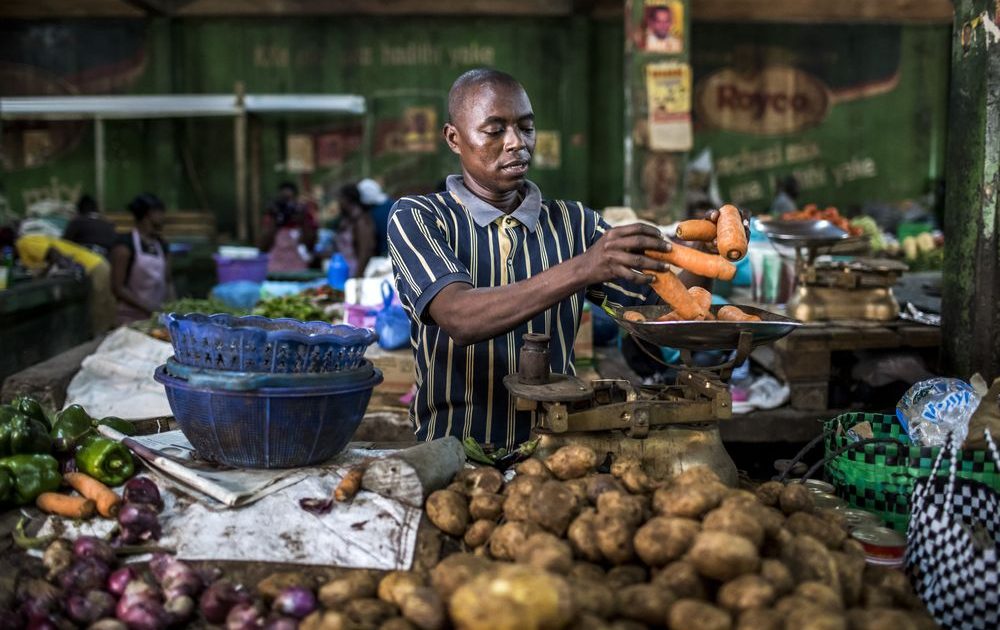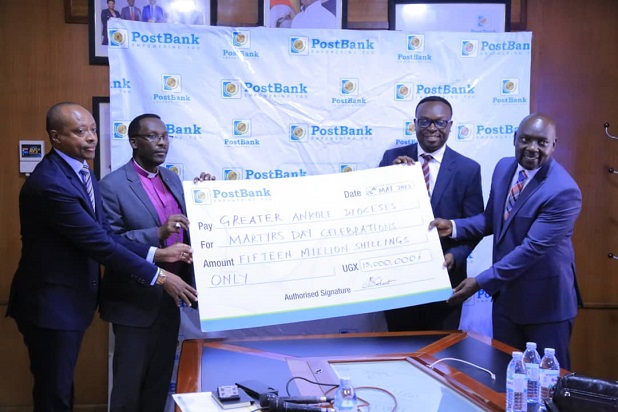Kenya’s economy expanded at the slowest pace since December 2013 as a government-imposed cap on commercial lending rates, a drought and disputed elections weighed on growth in the world’s largest exporter of black tea, reports Bloomberg.
The gross domestic product in East Africa’s largest economy expanded by 4.4 percent from a year earlier in the three months through September, compared with 5 percent reported in the previous quarter, the Kenya National Bureau of Statistics said on its website.
“The uncertainty associated with political environment coupled with effects of adverse weather conditions slowed down the performance of the economy,” the agency said. “As a result, most sectors of the economy posted slower growth during the quarter under review compared to the same quarter of 2016.”
Kenya’s Supreme Court overturned President Uhuru Kenyatta’s win in the Aug. 8 election citing “irregularities and illegalities.” An ensuing standoff between Kenyatta and the main opposition candidate, Raila Odinga, over the handling of a Oct. 26 rerun further stoked tensions. Almost 100 people were killed in violence surrounding the two elections, according to the Kenyan National Commission on Human Rights.
A slowdown in credit expansion after the introduction of interest-rate caps constrained banks’ ability to lend and contributed the most to the deceleration in output, according to the KNBS. The financial sector grew at 2.4 percent in the quarter from a year earlier, compared with 4.3 percent in the previous quarter, as private-sector credit growth fell to 1.6 percent in August from 5.3 percent a year before, according to central bank statistics.
Growth was further impacted by a 3.1 percent growth in the agricultural sector, which contributes about a third to the GDP. While faster than the 1.3 percent registered in the second quarter, it was a deceleration from 3.8 percent a year ago as dry weather cut production.
Manufacturing output rose 2.1 percent from 2.3 percent in the previous quarter, while construction slowed to 4.9 percent from 7.5 percent in the previous quarter, the KNBS said.
Both the Treasury and the central bank cut their full-year growth forecasts to 5 percent in October on the drawn-out elections and the dry weather. The World Bank reduced its estimate to 4.9 percent, citing delays in spending cuts, weak credit extension and political uncertainty. Growth came in at 5.8 percent in 2016.





